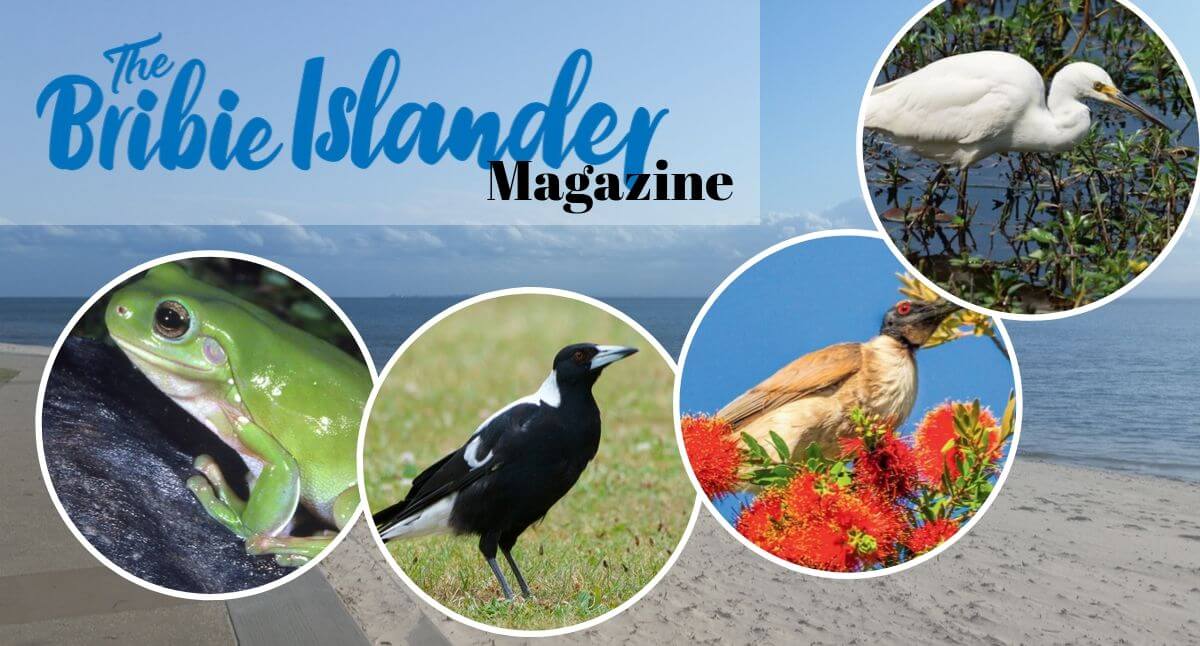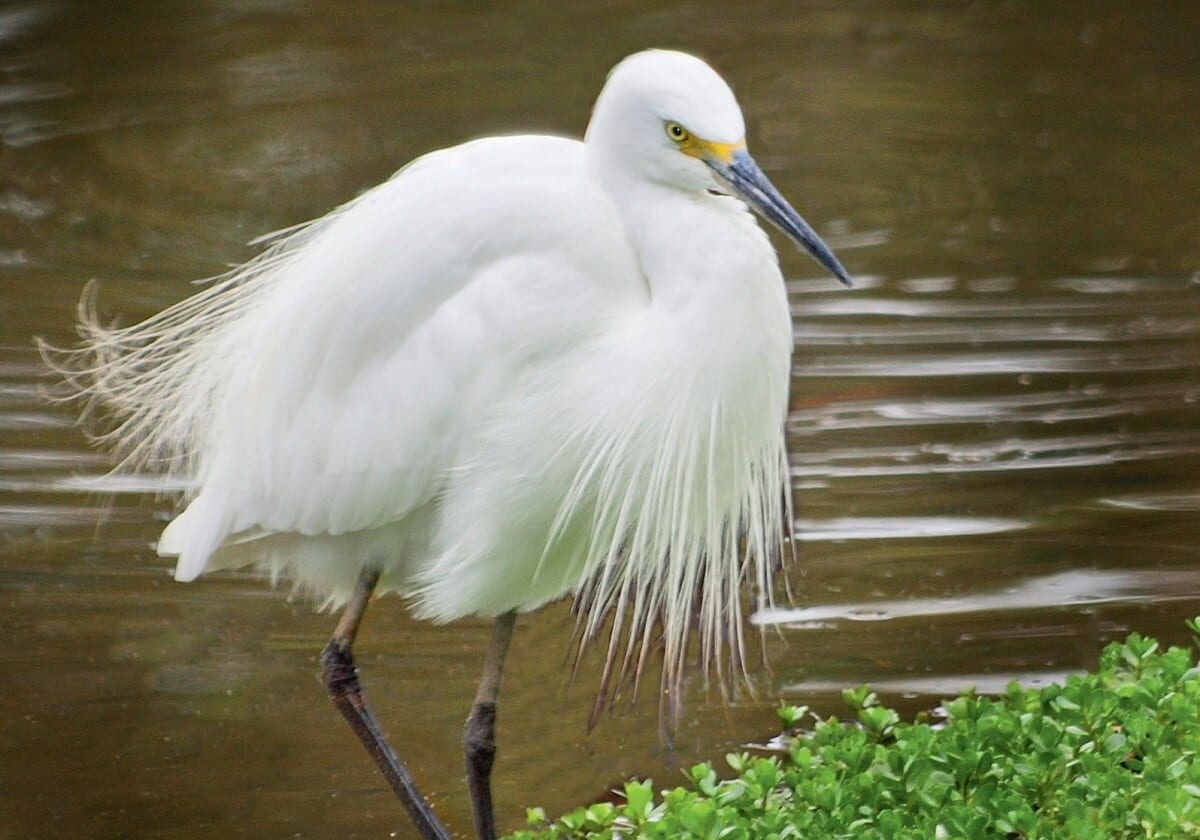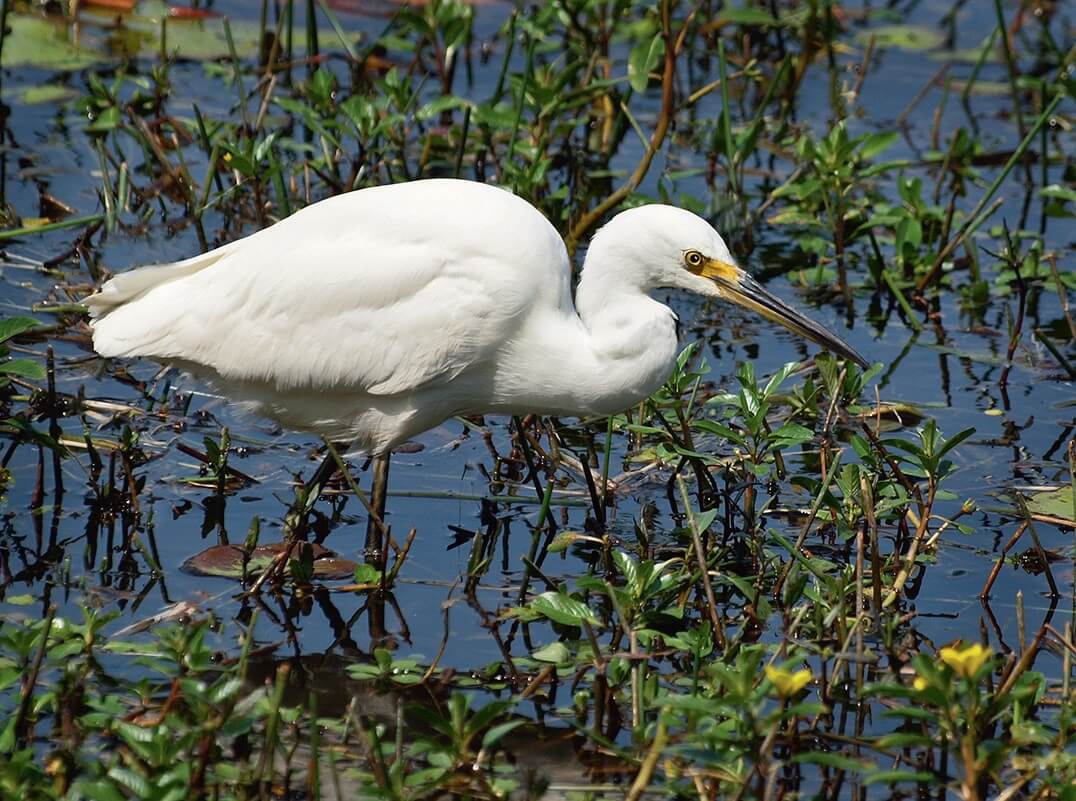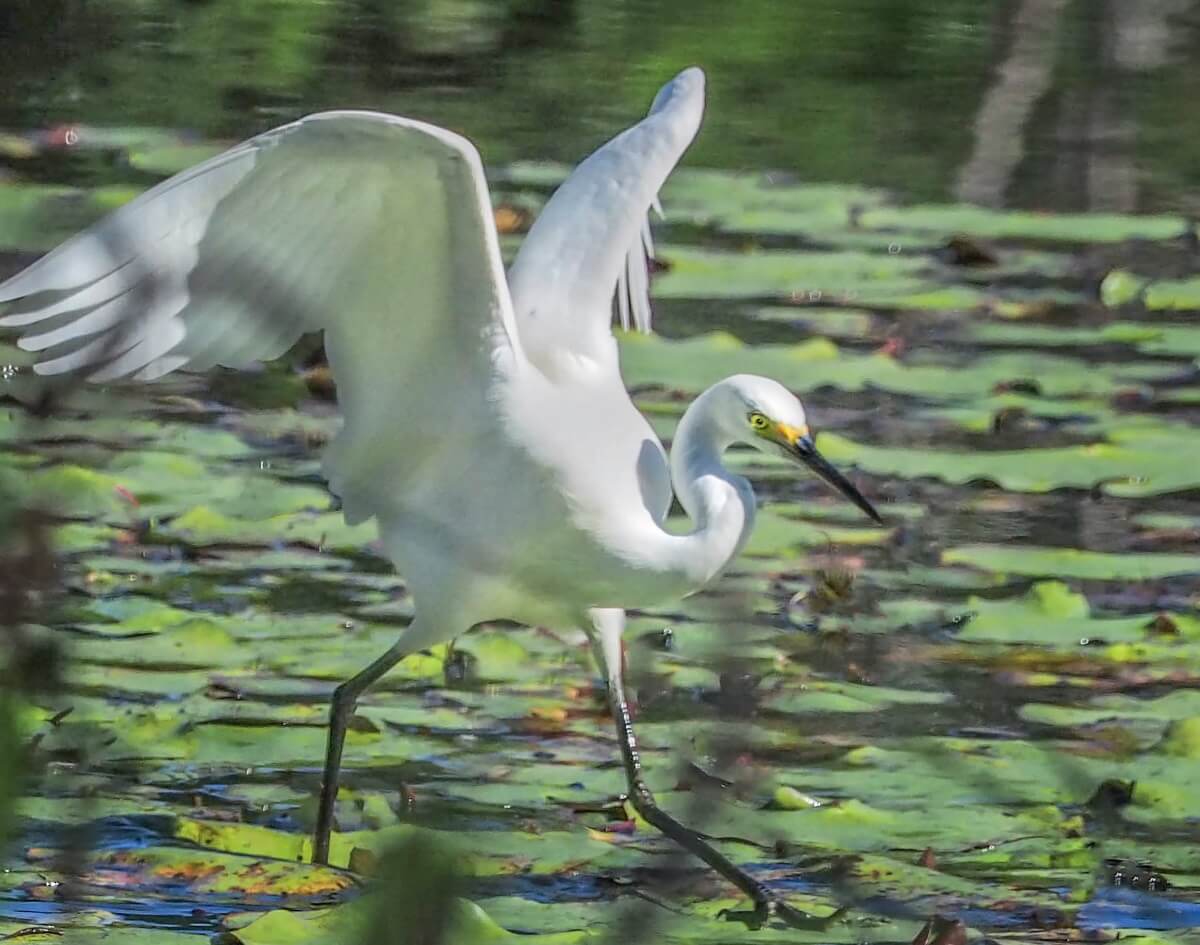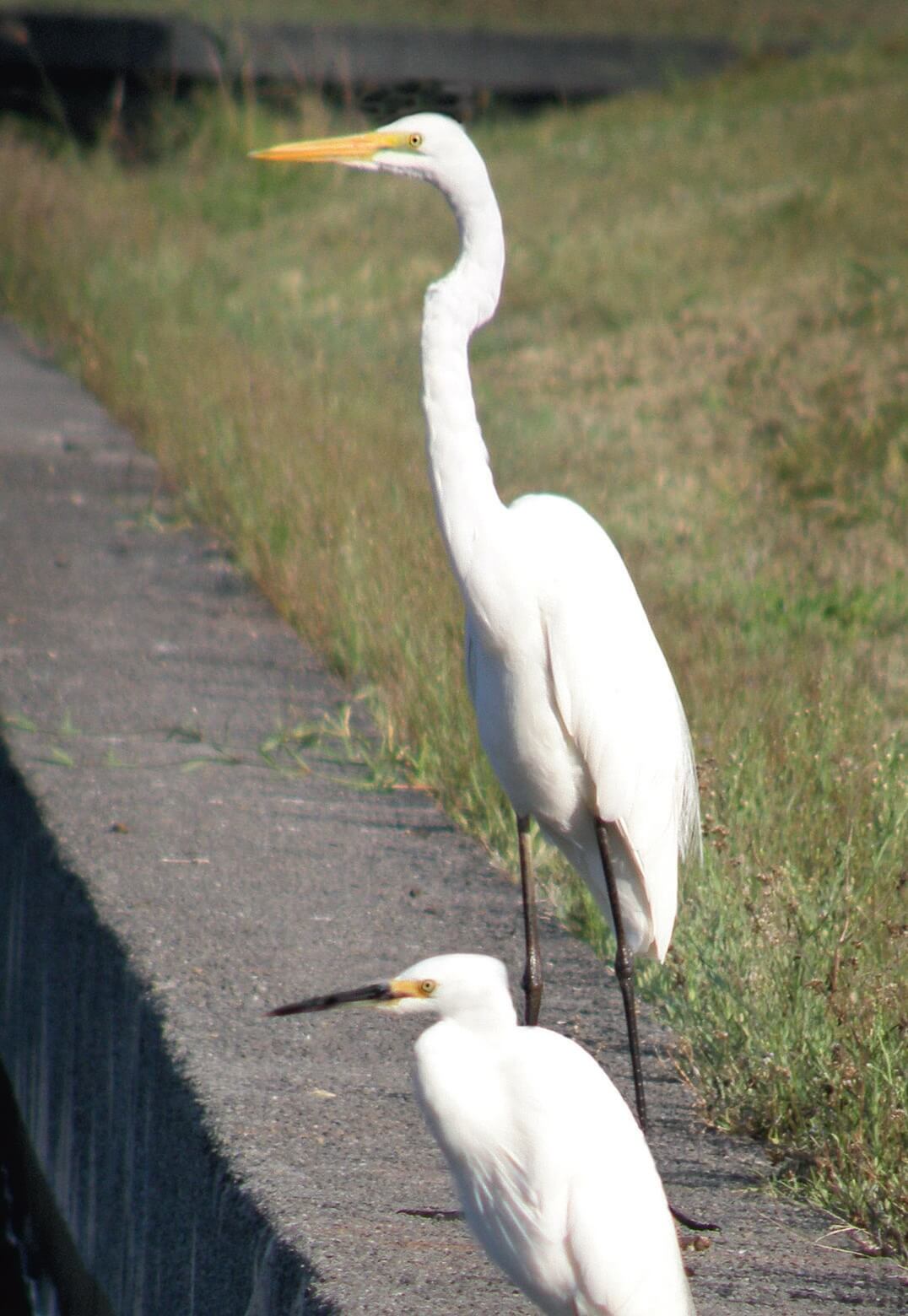Tags: Egret. Native wildlife. Birds. Herron. Bribie Island. Moreton Bay. Brisbane. Queensland. Australia
Little Egrets are a species of heron and a common sight on Bribie Island. They are easily distinguished from other white Egrets as they have black legs and bills and are the smallest of their species. They are 55-65 cm in length and weigh 250-300 g. The plumage is all white with some yellow naked skin on the face and under the feet. Usually, they are silent but during breeding or if alarmed their voice is loud and croaky.
Both salt and freshwater wetlands are their preferred habitat and they are found over most of Australia except in the very dry regions of WA, NT, and SA. They are nomadic when in need of new feeding grounds. Some are migratory and travel to Tasmania during the winter.
They are more common in the northern parts of Australia and are also found in Africa, PNG, Asia and Europe and are gradually moving into other countries. Little Egrets are entertaining to watch when feeding as they are energetic and move rapidly, darting here and there in their search for food. In shallow water from about 10-15 cm, they dash about flapping their wings, lifting their legs and darting for prey usually alone but sometimes with other Egrets.
Diet consists mainly of fish, amphibian creatures and insects. Feet are scraped along the mud or sand to flush out aquatic prey which is quickly pounced on then devoured. As with other Egrets, little Egrets develop beautiful white plumes during the breeding season. These form on the breast and back as well as two long plumes on the head. Sometimes some of these plumes remain with the egrets after the season has finished.
They breed in colonies in trees or mangroves on or near water with mostly other Egrets, Ibises, cormorants, and spoonbills. Nests are untidy platforms of sticks mostly lined with leaves. 4-6 blue-green eggs are laid and are incubated by both male and female for about 20-25 days. Both parents care for the young and in about 26 days the chicks move out of their nests and perch on the nearby branches.
Soon afterwards they begin to fly. During times gone by Egrets were served with other meats in feasts and at royal tables in England. During the reign of Mary 1st 1000 egrets were slaughtered and served at one banquet alone. As well as being used for food, they were being killed to obtain the plumes for hats and other fashion requirements. There came a time when they became scarce all over Europe and it wasn’t until the 1900s when the killings stopped that their numbers began to increase.
Reclamation of tidal lands and swamps can be a threat as well as eggs and babies being stolen by other birds and reptiles. They adapt kindly to manmade shallow wetlands and their conservation status is secure for now. Their average lifespan is about 5 years.
